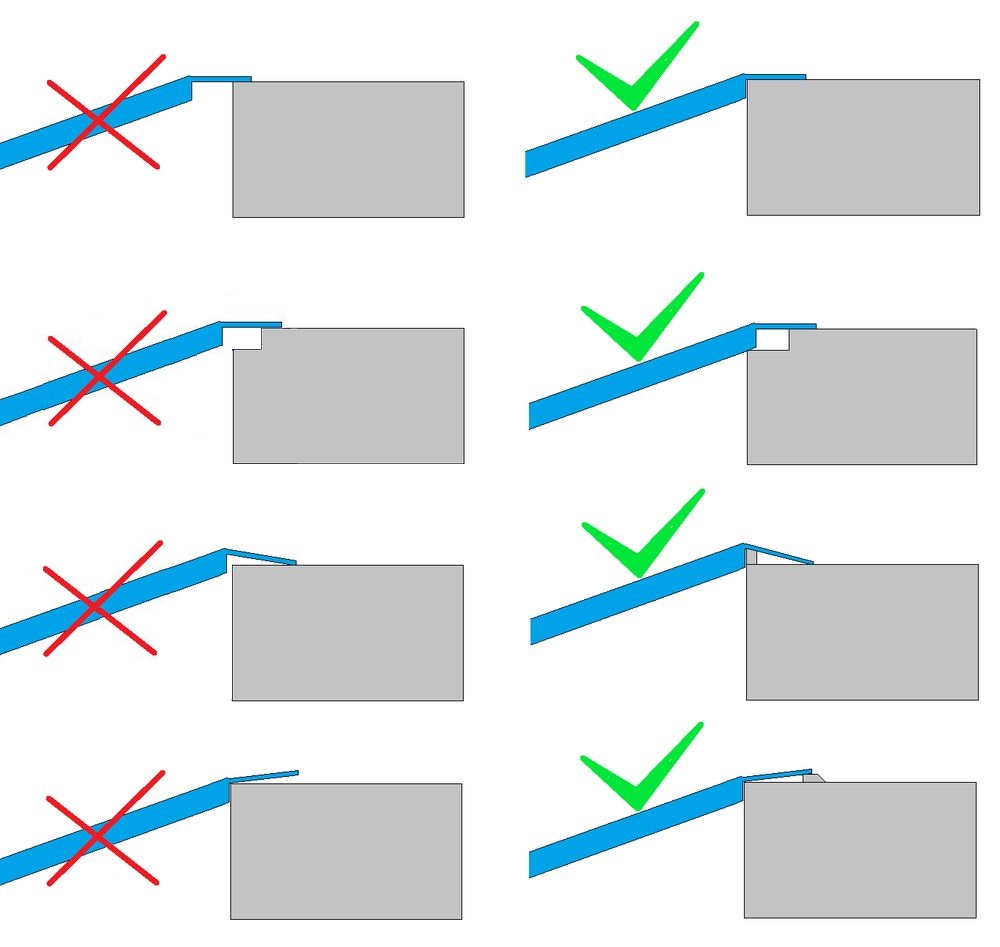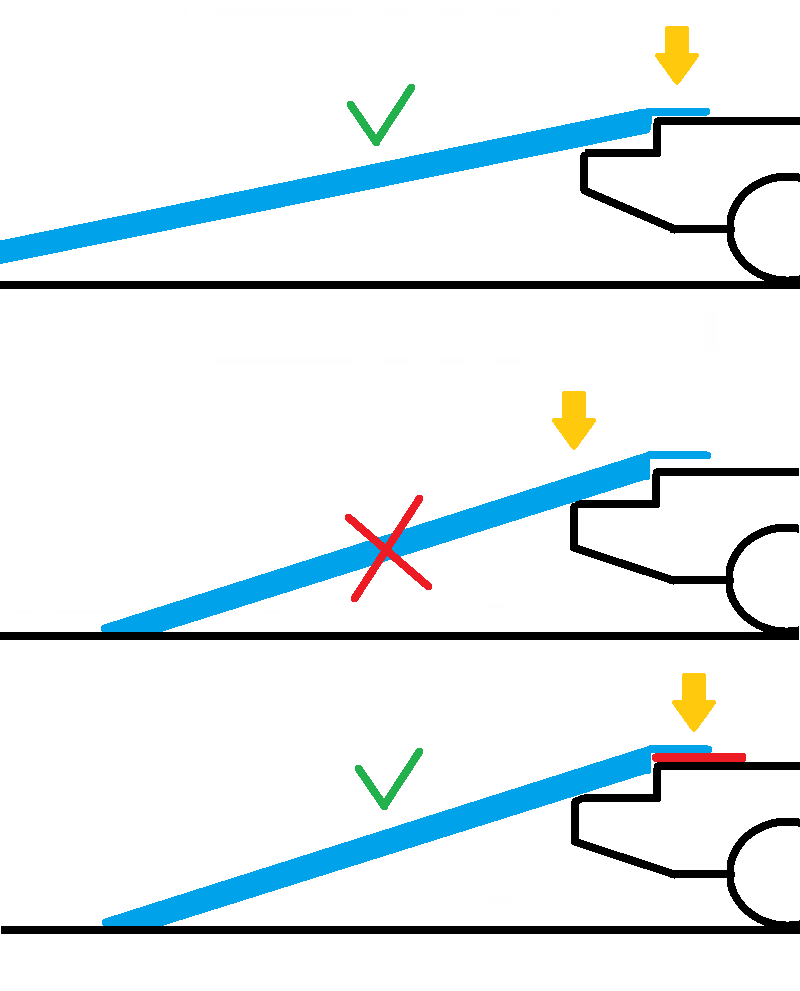Nośność.
Możliwe obciążenie najazdów jest różne w zależności od tego co na nie wjeżdża. Samochody osobowe oraz dostawcze posiadają spore rozstawy osi (przedniej od tylnej) przez co nacisk na najazdy jest bardziej rozłożony więc mniejszy. Pojazdy gąsienicowe, mimo krótszych lub dłuższych gąsienic, obciążają trapy bardziej jednopunktowo a więc mocniej. Podobnie minitraktorki oraz maszyny produkcyjne. Różnice te powodują, że w parametrach najazdów podane są różne nośności dla różnych typów pojazdów. W zależności od okoliczności, używanie najazdów na granicy ich wytrzymałości może skutkować ich lekkim odkształceniem. Przy doborze najazdów zalecane jest aby pozostał jakiś zapas nośności. Do niektórych najazdów można zamówić wzmocnienie czyli podniesienie nośności.






